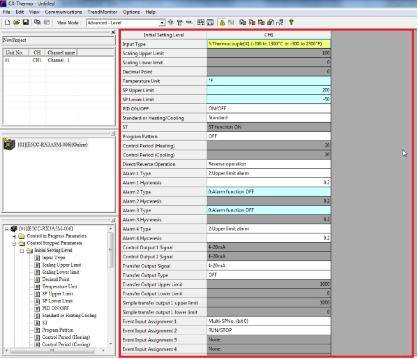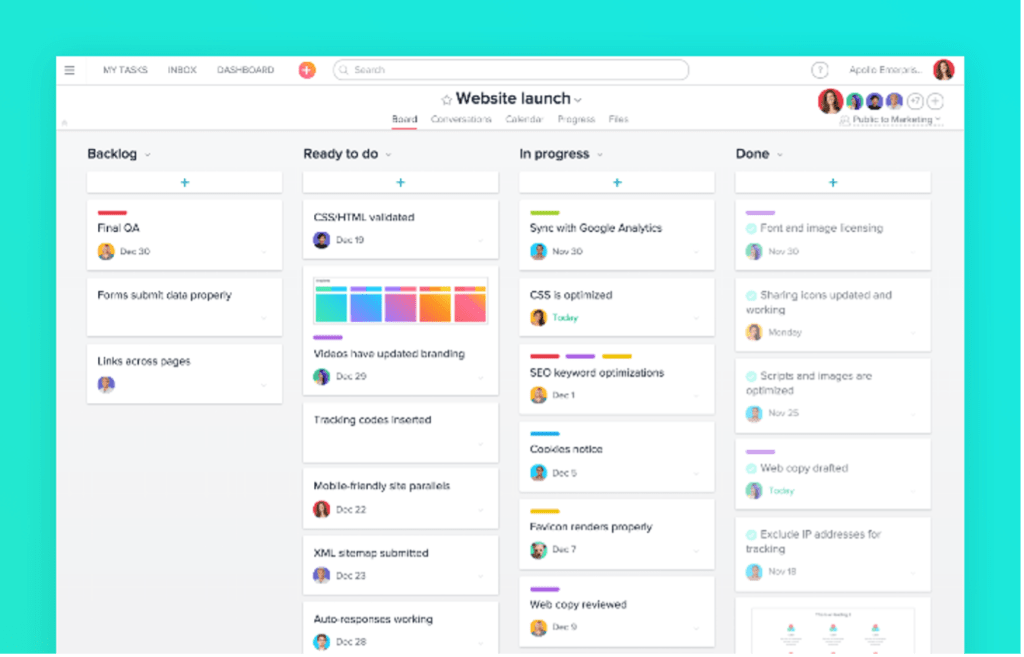
ecommerce ai
product lifecycle management systems, welcome to technology

As WhichPLM has detailed over the past few years in its excellent yearly review of PLM systems, the challenges to meet the future are only increasing. Large businesses have capacity and resources to deploy on-premise or private cloud deployment systems but this is impossible for SME users and crucially will become more of a problem as larger organizations adopt Agile functionality. They will begin to demand systems deployed from a public cloud platform, with configurable, easy to use, and relatively straightforward to integrate software. Why is that? Because the world of AI and Machine Learning is coming to all industries.
How do tech companies do it?
As any tech company can tell you, complexity in product delivery is best managed by specialized teams. These teams are usually coordinated by a Product and/or Project Manager. Without delving into the very specific skill sets involved in perfecting each role, and in a very simplified manner, we can say the Product Managers organize, develop, and communicate the product strategy. On the other hand, the Project Managers (and others responsible for building the product) track the execution of the strategy and allocates resources to affect the execution. These roles are sometimes done by the same person(s) and often overlap. If you are a Product or Project Manager please don’t contact us to complain that we left out the important points!

What you can discern quickly is that these roles are cross-functional and require a lot of coordination of competing interests across an organization. To help these functions do their jobs better, a range of software tools have been developed to organize and streamline their jobs to greater efficiency. Jira, Trello, Asana, Monday.com and many other tracking and management systems link to messaging tools like Confluence or Slack to enable seamless and immediate feedback and action or other software tools. All of these are delivered at scale seamless from the cloud. This is the future of PLM software.
what do PLM systems do, really?
Simply stated, it is to help companies develop new products often using CAD software, manufacture the products and bring them to market. This simplistic explanation masks the complexity and fragmented nature of the systems. Companies that use PLMs have even reported time-to-market reductions of 75%. No system yet on the market can handle the full supply chain from ideation to sale, but the best systems do some things really well. Linking CAD metadata to BOMs? Check. Manage workflows? Check. Track the product data through its lifecycles? Check. Allow suppliers and stakeholders to view information? Semi-check.
The PLM market has grown tremendously over the last few years and it has been forecasted that this market will reach $21.3B in the APAC region in 2023.

So, what is missing?
The best Kanban workflow systems are intuitive, with extremely flexible and human-centric CX. The current crop of PLM systems are heavily dependent on interfaces that look like this:

Sure, it works, but it is not beautiful, intuitive and nothing like the technology we use in our everyday lives.
How much nicer is this?

If we are making beautiful products, let’s start with beautiful systems that can easily do procedures like assigning tasks that go directly to your engineering team in their CAD program of choice with a message linked to an internal tool like Slack.
What am i looking at?
One obvious area for PLMs to start using Machine Learning and AI is to integrate with merchandizing side of the business. With visualization tools, easy to understand metrics of what is selling becomes easy to see. Delvify’s dashboards, for example, give you a multitude of metrics like place of sale, best trending products in a visually attractive interface. Designers can integrate this information into their moodboards providing continuous and updated feedback on what is trending and what is hot. With Delvify’s Visual AI they can point, shoot and shop! With one snap, you can find similar images on a brand site and see what is similar and what is not. By comparing what you see to what is already on site, the brand designer can tweak existing designs to better match their own creativity.
If you haven’t already, check out our explainer video and find out how our Visual AI solutions work below:
Why didn’t we start with a long description of how PLM systems of the future will exist in the cloud and be instantly deployable? Because this is a basic functionality that is now used by almost all serious technological solutions. Without this basic functionality, scalability is assuredly limited.
Get in touch with our team today if you want to find out more about our Visual AI solutions and also how you can integrate our tools with your brand!
Subscribe for latest updates
Want to keep updated on the latest happenings in AI and Programmatic? Subscribe to our updates and stay in the loop

